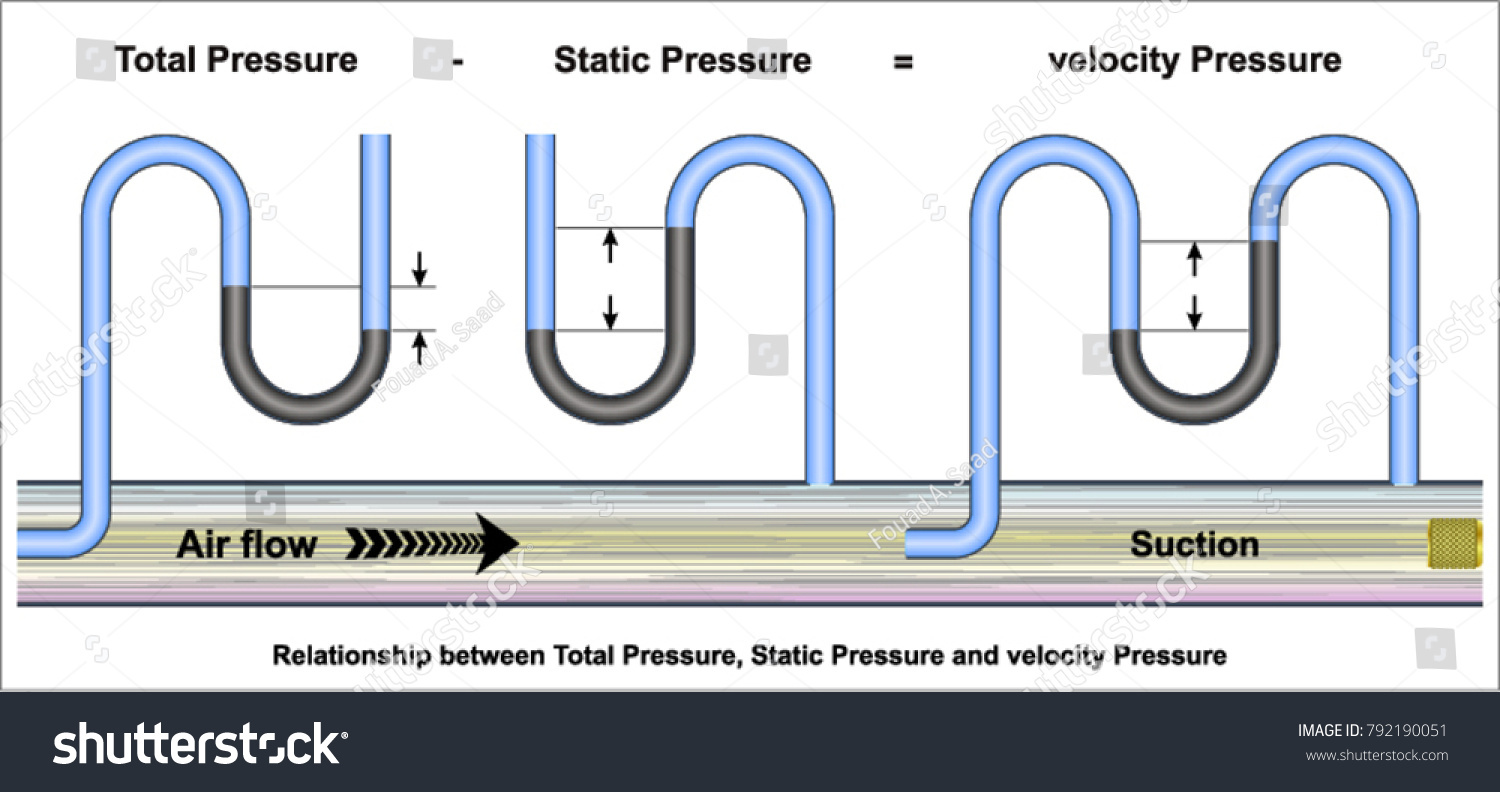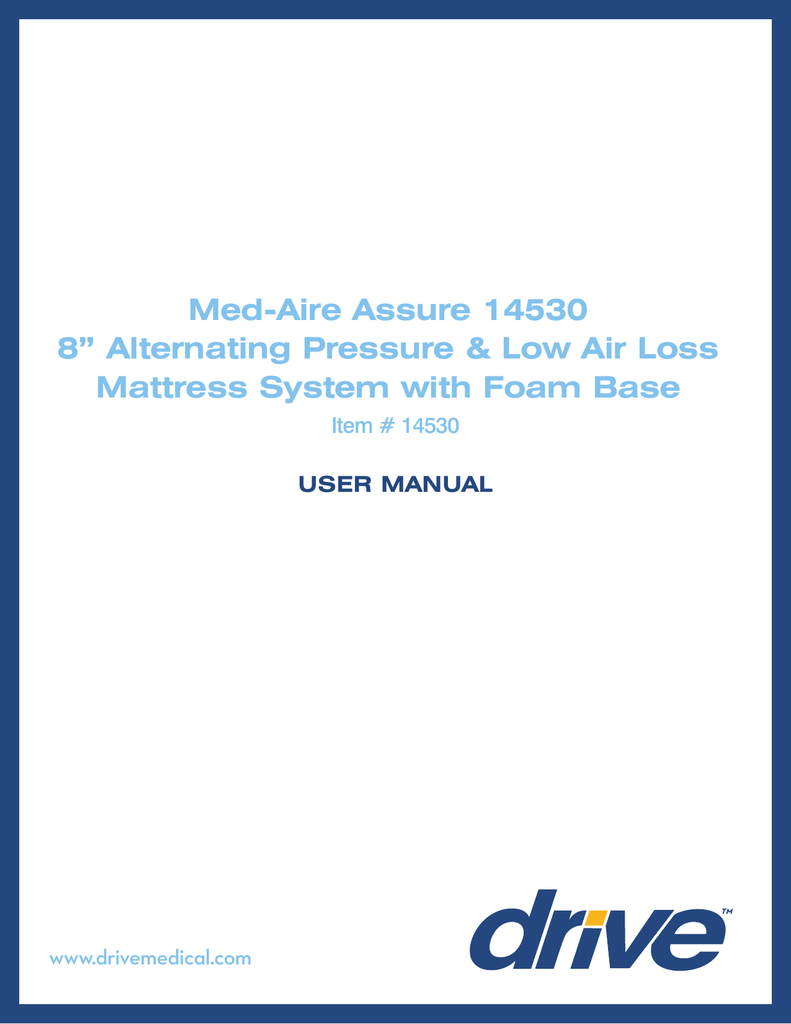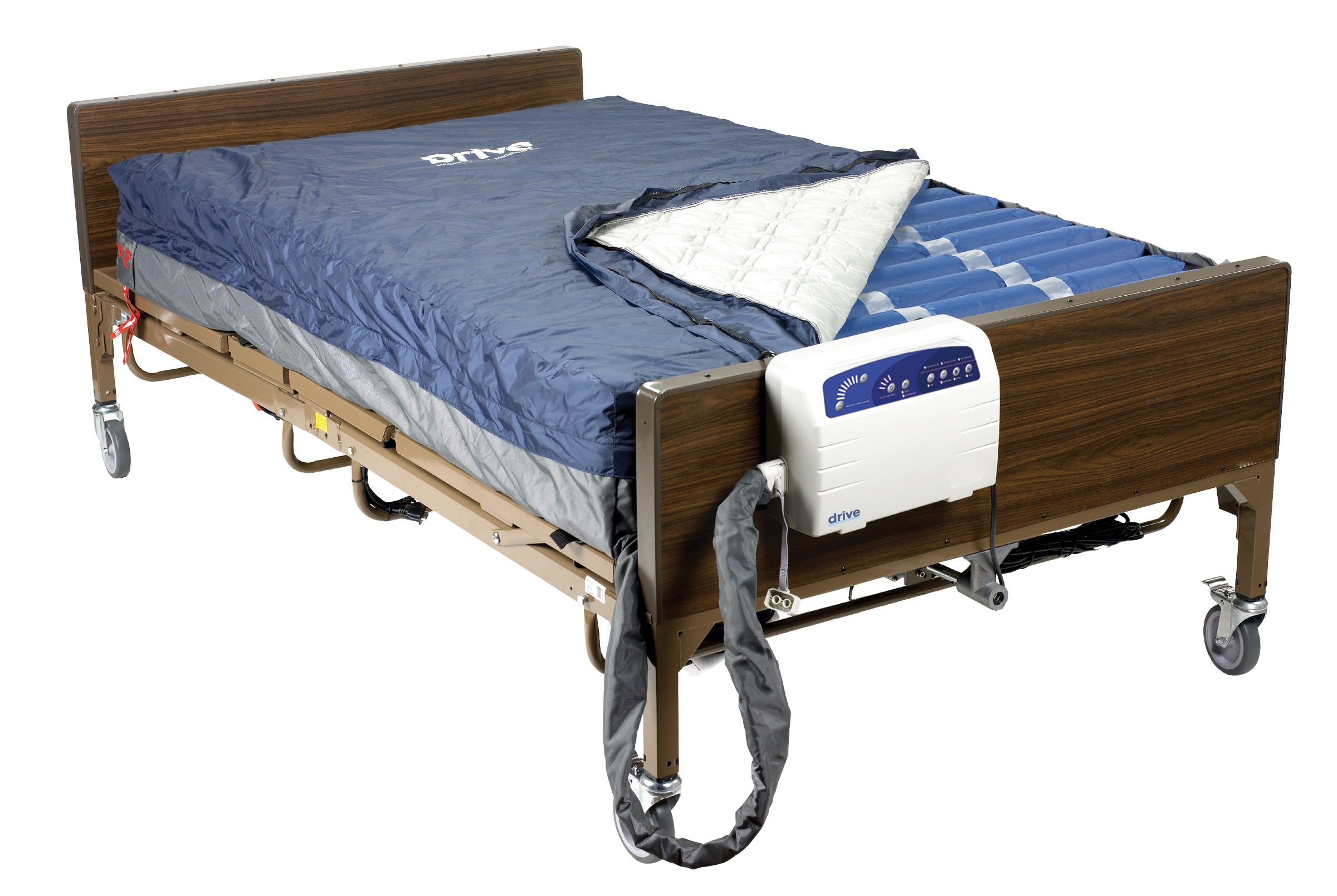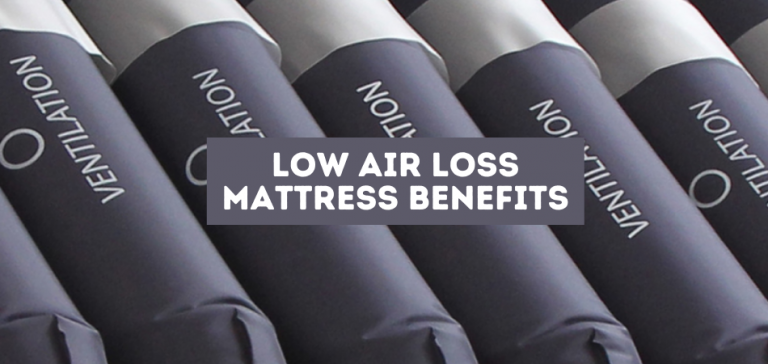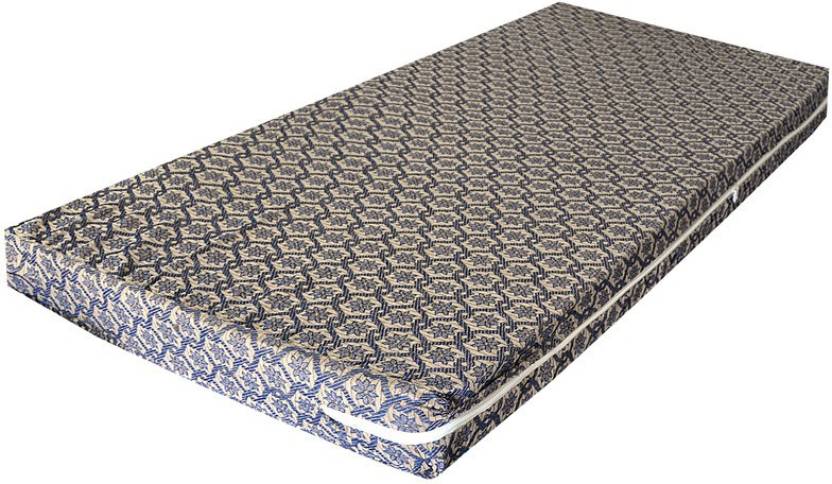Low air loss mattresses are designed to provide comfort and pressure relief for patients who are bedridden or have limited mobility. However, one common issue that can occur with these mattresses is the buildup of static electricity. This can be an annoyance for patients and can also affect the functionality of the mattress. Here are 10 possible causes of static on low air loss mattresses and solutions to address the issue. 1. Humidity Levels One of the main causes of static on low air loss mattresses is low humidity levels. When the air is dry, it creates an environment for static electricity to build up. This can be particularly problematic in healthcare settings where temperature and humidity levels are regulated for infection control purposes. To combat this, consider using a humidifier in the room or adjusting the temperature settings to increase humidity. 2. Material of Bedding and Clothing The type of bedding and clothing used on the patient can also contribute to static on low air loss mattresses. Synthetic materials, such as polyester or nylon, are known to create more static electricity compared to natural materials like cotton or linen. Consider using natural materials for bedding and clothing to reduce static buildup. 3. Type of Flooring The type of flooring in the room can also play a role in static buildup on low air loss mattresses. Carpets and rugs are known to create more static compared to hardwood or tile flooring. If possible, consider switching to a different type of flooring in the patient's room to minimize static. 4. Lack of Grounding Low air loss mattresses need to be properly grounded to prevent static buildup. If there is a lack of grounding, it can cause the mattress to become positively charged and lead to static electricity. Make sure the mattress is properly connected to a grounded outlet to avoid this issue. 5. Movement of the Patient Patients who move around frequently on the mattress can also contribute to static buildup. This can occur when the patient's clothing or bedding rubs against the mattress, creating friction and static electricity. Encourage patients to stay still and avoid rapid movements to minimize static. 6. Type of Low Air Loss Mattress The type of low air loss mattress used can also affect the amount of static buildup. Some models are designed with anti-static features to minimize this issue. If static is a recurring problem, consider switching to a different model that is specifically designed to reduce static buildup. 7. Age of the Mattress Over time, low air loss mattresses can become worn out and lose their anti-static properties. If the mattress is old and showing signs of wear and tear, it may be time to replace it with a new one. This can help reduce static and ensure the mattress is functioning properly. 8. Use of Electronics Electronics, such as TVs or laptops, can also contribute to static buildup on low air loss mattresses. These devices emit electromagnetic fields that can cause static electricity to build up on the mattress. Keep electronics at a safe distance from the mattress to minimize this issue. 9. Lack of Cleaning and Maintenance Proper cleaning and maintenance of low air loss mattresses is essential for preventing static buildup. Dust and debris can accumulate on the mattress over time, creating a barrier that traps static electricity. Regularly clean and disinfect the mattress according to manufacturer guidelines to prevent this issue. 10. Environmental Factors Aside from the factors mentioned above, there are also environmental factors that can contribute to static on low air loss mattresses. For example, if the room is located in an area with high levels of air pollution or if there is a lot of static electricity in the air, it can affect the mattress. In these cases, it may be necessary to take extra precautions to minimize static buildup.Static on Low Air Loss Mattress: 10 Possible Causes and Solutions
Now that we have covered the possible causes of static on low air loss mattresses, let's discuss some preventive measures to minimize this issue. 1. Keep the Room Clean and Dust-free As mentioned earlier, dust and debris can accumulate on the mattress and contribute to static buildup. Regularly clean and dust the room to keep the air and the mattress free from these particles. 2. Use Anti-Static Products There are various anti-static products available on the market that can be used on low air loss mattresses. These products can help neutralize static and prevent it from building up on the mattress. 3. Use Natural Materials for Bedding and Clothing As stated earlier, synthetic materials can create more static compared to natural materials. Consider using cotton or linen bedding and clothing for the patient to minimize static buildup. 4. Properly Ground the Mattress Make sure the low air loss mattress is properly grounded to eliminate static buildup. Follow the manufacturer's instructions for proper grounding to ensure the mattress is functioning correctly. 5. Limit Use of Electronics in the Room To minimize the electromagnetic fields that can contribute to static on low air loss mattresses, limit the use of electronics in the room. If necessary, keep them at a safe distance from the mattress. 6. Consider Environmental Factors If you live in an area with high levels of air pollution or experience frequent thunderstorms, it may be necessary to take extra precautions to prevent static buildup on the mattress.How to Prevent Static on Low Air Loss Mattresses
Now that we have discussed the causes and prevention of static on low air loss mattresses, it's essential to understand the relationship between the two. Low air loss mattresses work by circulating air through small holes in the surface to reduce pressure on the patient's skin. This airflow can also create friction, which leads to static electricity. This is why it's crucial to take preventive measures to minimize static and ensure the proper functioning of the mattress.Understanding the Relationship Between Static and Low Air Loss Mattresses
If you are experiencing static on a low air loss mattress, here are some troubleshooting steps you can take to address the issue: 1. Check the Grounding Make sure the mattress is properly grounded and that the outlet is functioning correctly. If there is an issue with the grounding, it can cause static buildup on the mattress. 2. Clean and Disinfect the Mattress As mentioned earlier, dust and debris can contribute to static buildup on low air loss mattresses. Make sure to regularly clean and disinfect the mattress to eliminate any particles that may be causing the issue. 3. Adjust Humidity Levels If the room is too dry, it can lead to static buildup on the mattress. Consider using a humidifier or adjusting the temperature settings to increase humidity in the room. 4. Use Anti-Static Products If static is a recurring issue, consider using anti-static products specifically designed for low air loss mattresses. 5. Check for Environmental Factors If you live in an area with high levels of air pollution or experience frequent thunderstorms, it may be necessary to take extra precautions to prevent static buildup on the mattress.How to Troubleshoot Static on Low Air Loss Mattresses
There are several common myths surrounding static on low air loss mattresses. Here are some facts to debunk these myths: Myth: Static on low air loss mattresses is harmless. Fact: While static may seem like a minor annoyance, it can lead to more significant issues such as damage to the mattress or discomfort for the patient. Myth: Only old mattresses experience static. Fact: Static can occur on both old and new low air loss mattresses. Proper maintenance and preventive measures are essential to minimize this issue. Myth: Low air loss mattresses are supposed to be completely static-free. Fact: As mentioned earlier, low air loss mattresses work by circulating air through small holes, which can create friction and lead to static buildup. Some level of static is normal and can be minimized with proper preventive measures.Static on Low Air Loss Mattresses: Common Myths and Facts
When looking for a low air loss mattress, it's essential to consider the features that can help minimize static buildup. Look for mattresses with anti-static properties or those designed specifically to reduce static. It's also crucial to choose a reputable brand known for producing quality and reliable low air loss mattresses.Choosing the Right Low Air Loss Mattress to Minimize Static
Proper maintenance is crucial to ensure the proper functioning of low air loss mattresses and to prevent issues such as static buildup. Here are some tips for maintaining these mattresses: 1. Follow Manufacturer Guidelines Always follow the manufacturer's instructions for cleaning and maintenance to ensure the mattress is functioning correctly and to avoid any potential damage. 2. Regularly Clean and Disinfect As mentioned earlier, regular cleaning and disinfecting of the mattress is essential to prevent static buildup and keep the mattress in good condition. 3. Inspect for Wear and Tear Regularly inspect the mattress for any signs of wear and tear, such as cracks or tears in the surface. If you notice any issues, it may be time to replace the mattress. 4. Properly Ground the Mattress Make sure the mattress is properly connected to a grounded outlet to prevent static buildup.Static on Low Air Loss Mattresses: Tips for Proper Maintenance
In healthcare settings, it's essential to address issues such as static on low air loss mattresses to ensure the comfort and safety of patients. Here are some tips for addressing this issue in these settings: 1. Train Staff on Proper Maintenance Make sure all staff members are trained on the proper cleaning and maintenance of low air loss mattresses to prevent static buildup. 2. Use Anti-Static Products Consider using anti-static products specifically designed for low air loss mattresses to minimize static in healthcare settings. 3. Monitor Humidity Levels In healthcare settings, temperature and humidity levels are regulated for infection control purposes. Make sure to monitor these levels and adjust as needed to prevent static buildup on the mattress.Addressing Static on Low Air Loss Mattresses in Healthcare Settings
While static may seem like a minor issue, it can pose potential risks, especially for patients with sensitive skin or those who are at risk for pressure ulcers. To ensure the safety of patients, here are some safety precautions to consider: 1. Use Anti-Static Products As mentioned earlier, there are anti-static products available that can help minimize static buildup on low air loss mattresses. Consider using these products to reduce the risk of skin irritation or other potential issues. 2. Monitor the Patient's Skin Regularly check the patient's skin for any signs of irritation or redness. If necessary, consider using additional pressure relief measures to minimize the risk of pressure ulcers. 3. Consider Switching to a Different Mattress If static is a recurring issue and is causing discomfort or potential risks for the patient, it may be necessary to switch to a different type of mattress that is better suited for their needs.Static on Low Air Loss Mattresses: Potential Risks and Safety Precautions
As mentioned earlier, proper grounding is crucial to minimize static on low air loss mattresses. Here are some tips for properly grounding these mattresses: 1. Use a Grounding Plug Most low air loss mattresses come with a grounding plug that needs to be connected to a properly grounded outlet. Make sure to use this plug to ensure the mattress is grounded. 2. Check the Outlet Make sure the outlet being used is functioning correctly and is properly grounded. If there are any issues with the outlet, it can affect the grounding of the mattress. 3. Use a Grounding Mat In some cases, a grounding mat may be necessary to properly ground the mattress. This mat can be placed underneath the mattress and connected to a grounded outlet to prevent static buildup.How to Properly Ground Low Air Loss Mattresses to Reduce Static
The Benefits of Using a Low Air Loss Mattress for Static Relief

Introduction
 When it comes to designing a comfortable and functional home, one often overlooks the importance of a good mattress. However, for individuals who experience issues with static, investing in a
low air loss mattress
can make a world of difference. This specialized mattress is designed to aid in the treatment and prevention of pressure ulcers, but it also has many other benefits, including relief from static. In this article, we will discuss the issue of static on traditional mattresses and how a low air loss mattress can provide a solution.
When it comes to designing a comfortable and functional home, one often overlooks the importance of a good mattress. However, for individuals who experience issues with static, investing in a
low air loss mattress
can make a world of difference. This specialized mattress is designed to aid in the treatment and prevention of pressure ulcers, but it also has many other benefits, including relief from static. In this article, we will discuss the issue of static on traditional mattresses and how a low air loss mattress can provide a solution.
The Problem with Static on Traditional Mattresses
 Static electricity is a common occurrence in our daily lives, and it can often be caused by friction between our bodies and the materials we come into contact with. This includes traditional mattresses, which are typically made from non-conductive materials such as foam, cotton, and polyester. When we move around on these materials, it can create an electric charge, resulting in static. While this may seem like a minor inconvenience, it can actually have negative effects on our health.
Static electricity is a common occurrence in our daily lives, and it can often be caused by friction between our bodies and the materials we come into contact with. This includes traditional mattresses, which are typically made from non-conductive materials such as foam, cotton, and polyester. When we move around on these materials, it can create an electric charge, resulting in static. While this may seem like a minor inconvenience, it can actually have negative effects on our health.
The Negative Effects of Static
 Static electricity can cause discomfort, ranging from mild tingling sensations to painful shocks. It can also disrupt our sleep, leading to fatigue and irritability the next day. But the effects of static don't stop there. Constant exposure to static can also impact our overall health. It can interfere with the body's natural electrical impulses, which can affect our nervous system, heart rate, and blood pressure. This disruption can also lead to an increase in stress and anxiety levels, making it difficult for individuals to relax and fall asleep.
Static electricity can cause discomfort, ranging from mild tingling sensations to painful shocks. It can also disrupt our sleep, leading to fatigue and irritability the next day. But the effects of static don't stop there. Constant exposure to static can also impact our overall health. It can interfere with the body's natural electrical impulses, which can affect our nervous system, heart rate, and blood pressure. This disruption can also lead to an increase in stress and anxiety levels, making it difficult for individuals to relax and fall asleep.
How a Low Air Loss Mattress Can Help
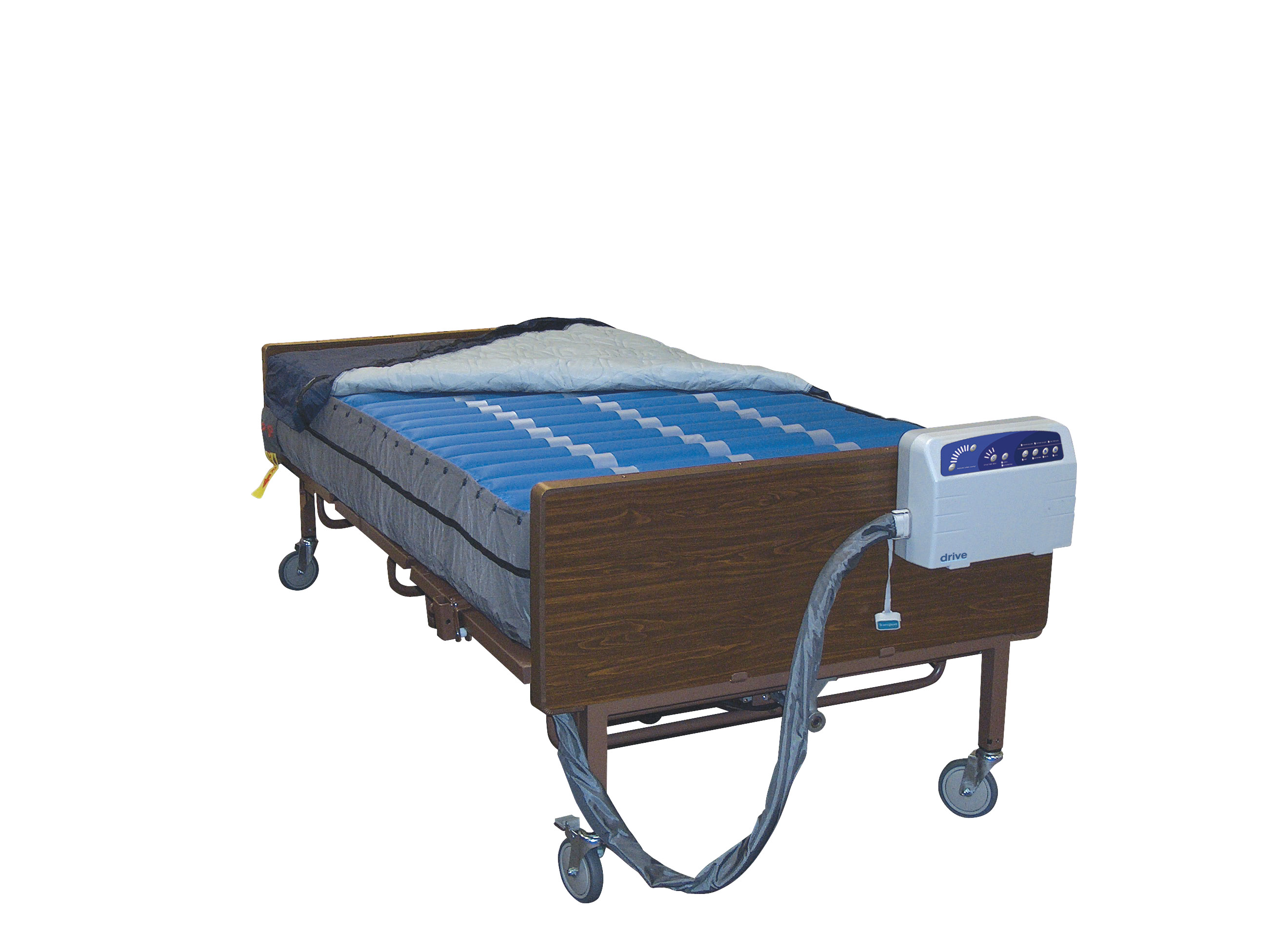 A
low air loss mattress
is specifically designed to promote air circulation and reduce friction, making it an excellent solution for individuals who experience static on traditional mattresses. These mattresses are made with specialized materials that allow air to flow through them, minimizing the build-up of static electricity. This not only provides relief from the discomfort of static but also promotes a more restful and uninterrupted sleep.
A
low air loss mattress
is specifically designed to promote air circulation and reduce friction, making it an excellent solution for individuals who experience static on traditional mattresses. These mattresses are made with specialized materials that allow air to flow through them, minimizing the build-up of static electricity. This not only provides relief from the discomfort of static but also promotes a more restful and uninterrupted sleep.
Other Benefits of a Low Air Loss Mattress
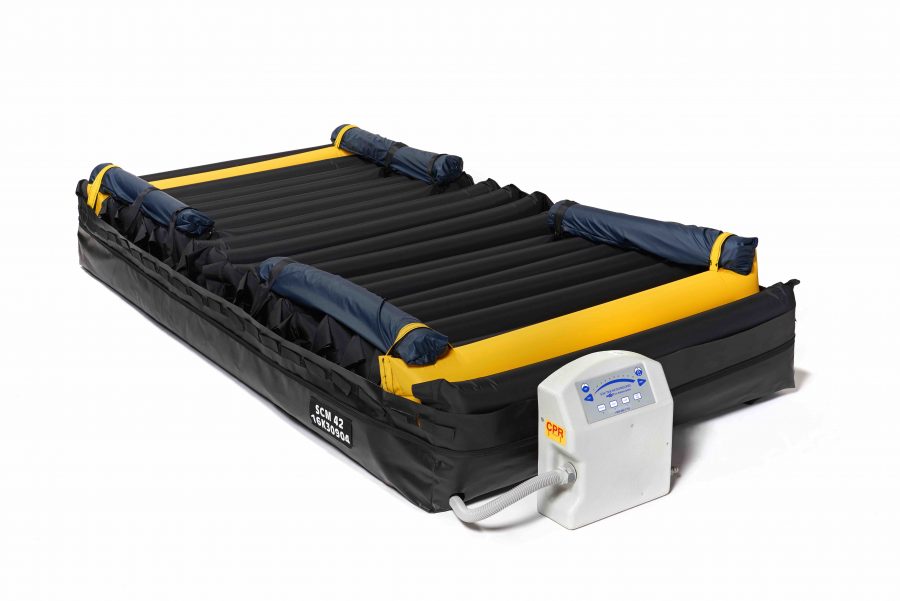 Aside from providing static relief, a low air loss mattress also has numerous other benefits. The continuous air circulation helps to regulate body temperature, preventing the build-up of heat and moisture that can lead to skin irritation and pressure ulcers. The adjustable air pressure feature also allows for customization, ensuring maximum comfort and support for individuals with varying needs. Additionally, these mattresses are designed to evenly distribute weight, reducing pressure points and promoting proper spinal alignment.
Aside from providing static relief, a low air loss mattress also has numerous other benefits. The continuous air circulation helps to regulate body temperature, preventing the build-up of heat and moisture that can lead to skin irritation and pressure ulcers. The adjustable air pressure feature also allows for customization, ensuring maximum comfort and support for individuals with varying needs. Additionally, these mattresses are designed to evenly distribute weight, reducing pressure points and promoting proper spinal alignment.
Conclusion
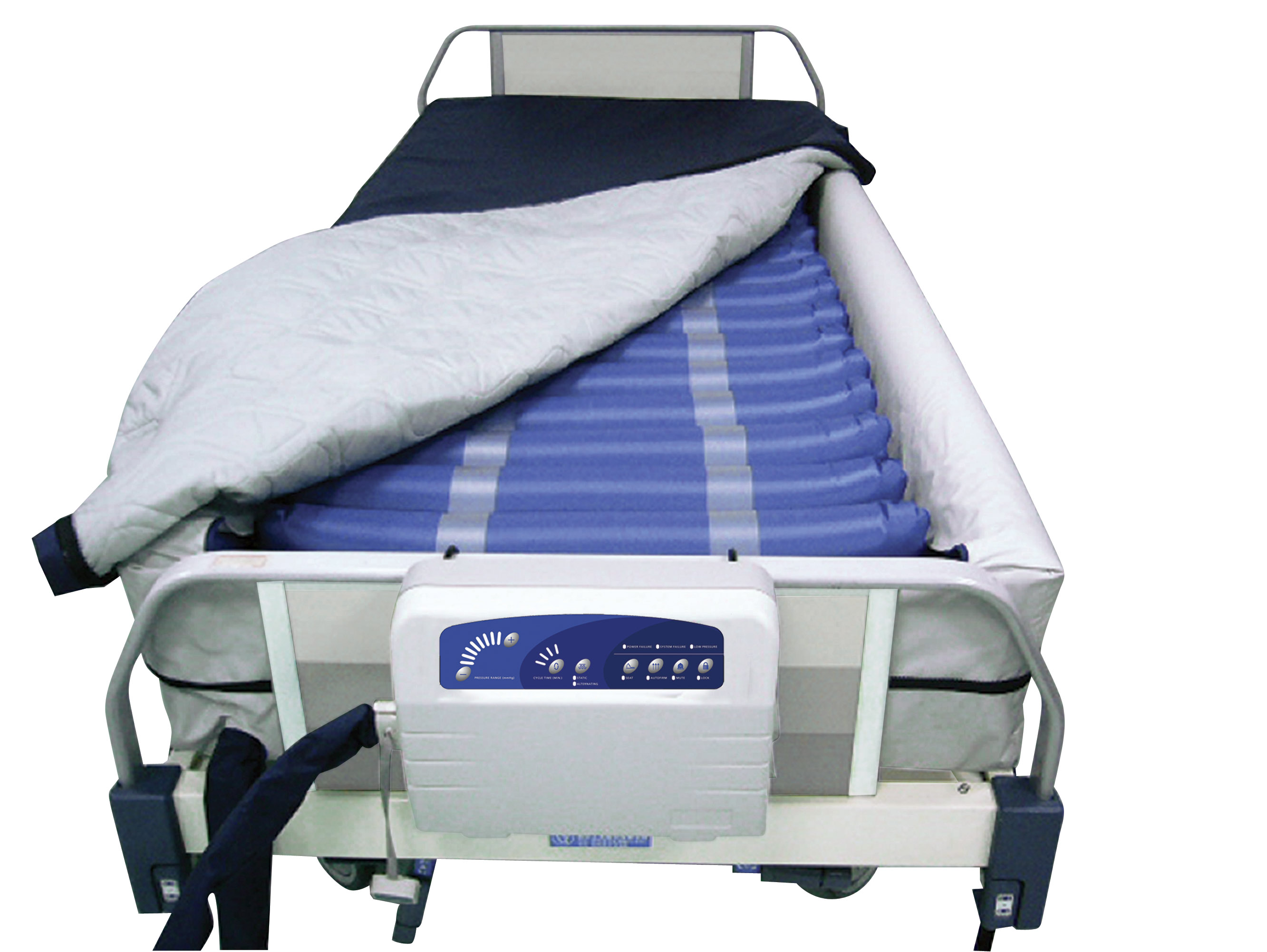 In conclusion, the issue of static on traditional mattresses may seem like a minor inconvenience, but it can have a significant impact on our overall health and well-being. Investing in a
low air loss mattress
can provide relief from static and offer numerous other benefits, making it an essential addition to any bedroom. So, if you or a loved one experience issues with static, it may be time to consider making the switch to a low air loss mattress for a better, more comfortable sleep experience.
In conclusion, the issue of static on traditional mattresses may seem like a minor inconvenience, but it can have a significant impact on our overall health and well-being. Investing in a
low air loss mattress
can provide relief from static and offer numerous other benefits, making it an essential addition to any bedroom. So, if you or a loved one experience issues with static, it may be time to consider making the switch to a low air loss mattress for a better, more comfortable sleep experience.


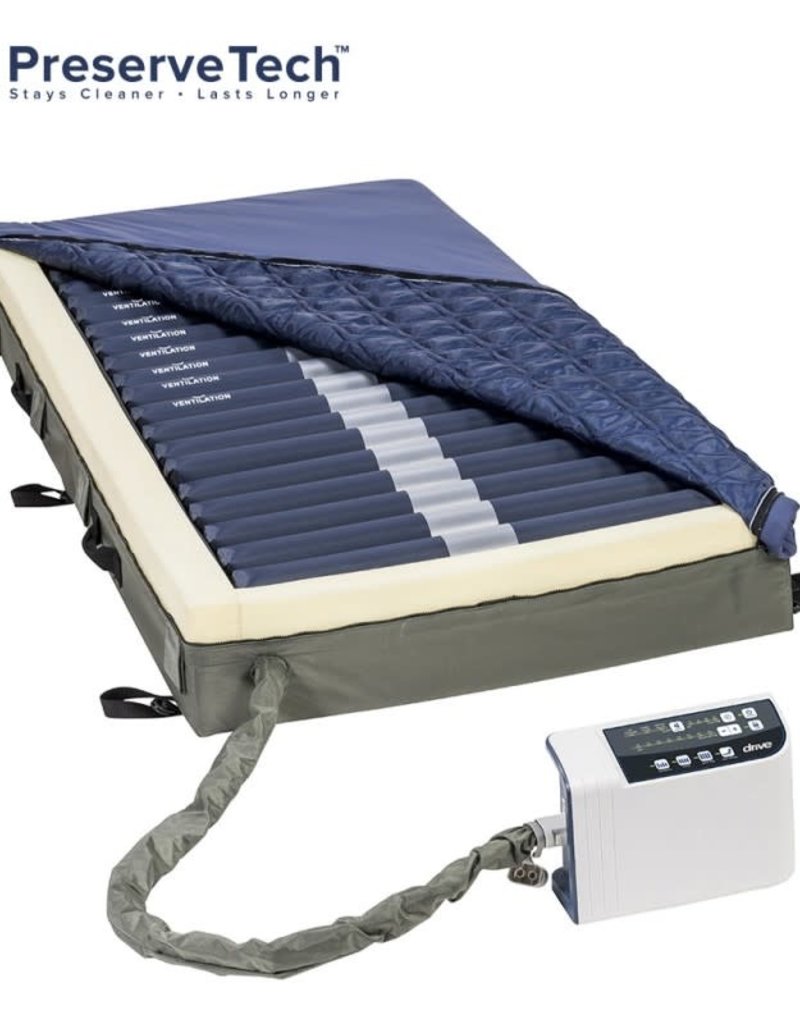

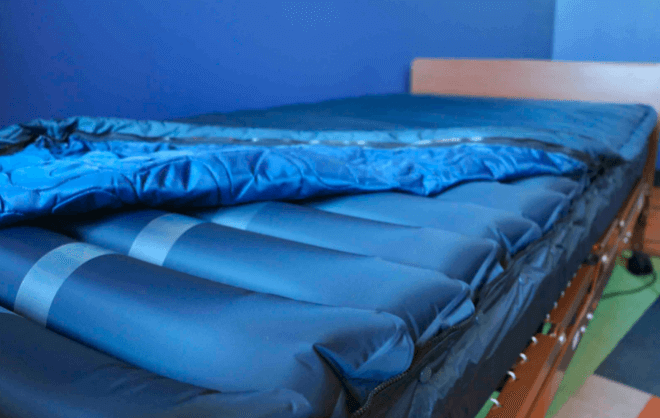


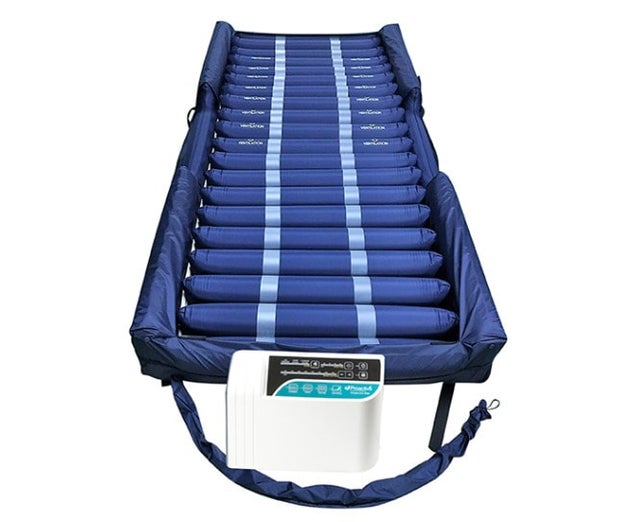


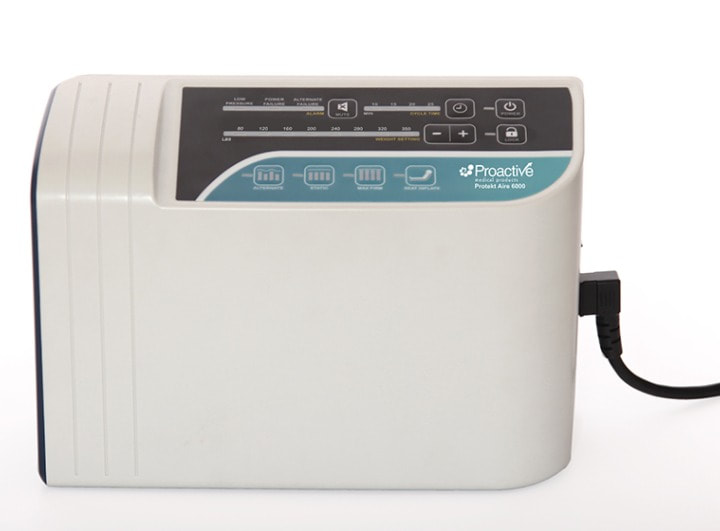

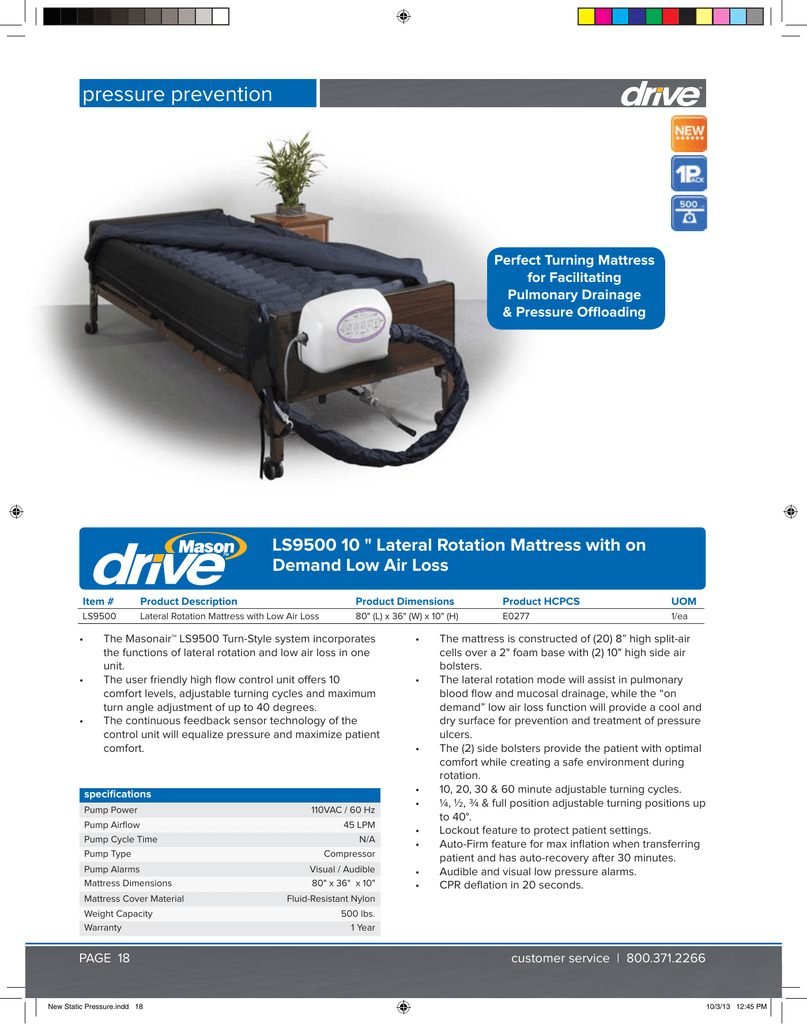

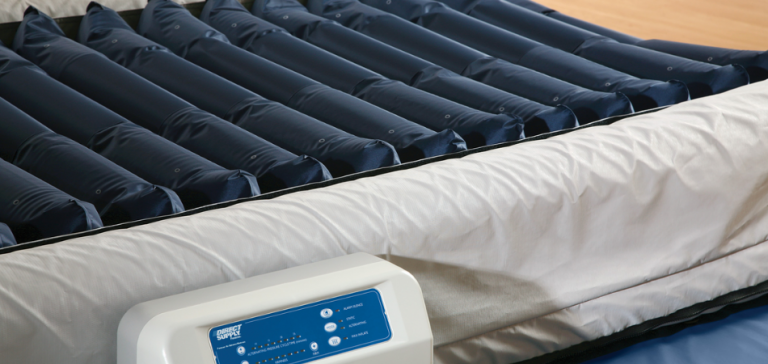
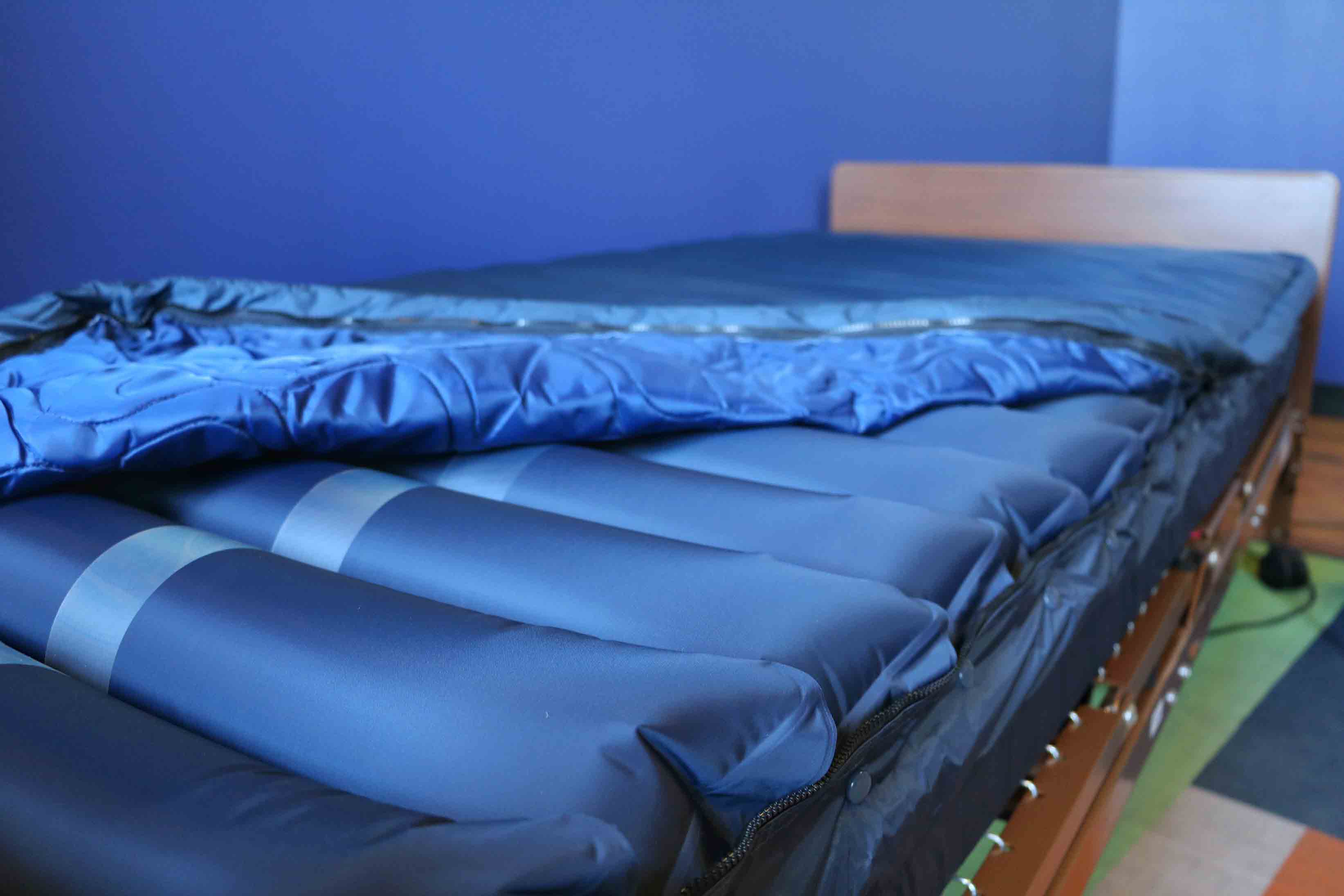
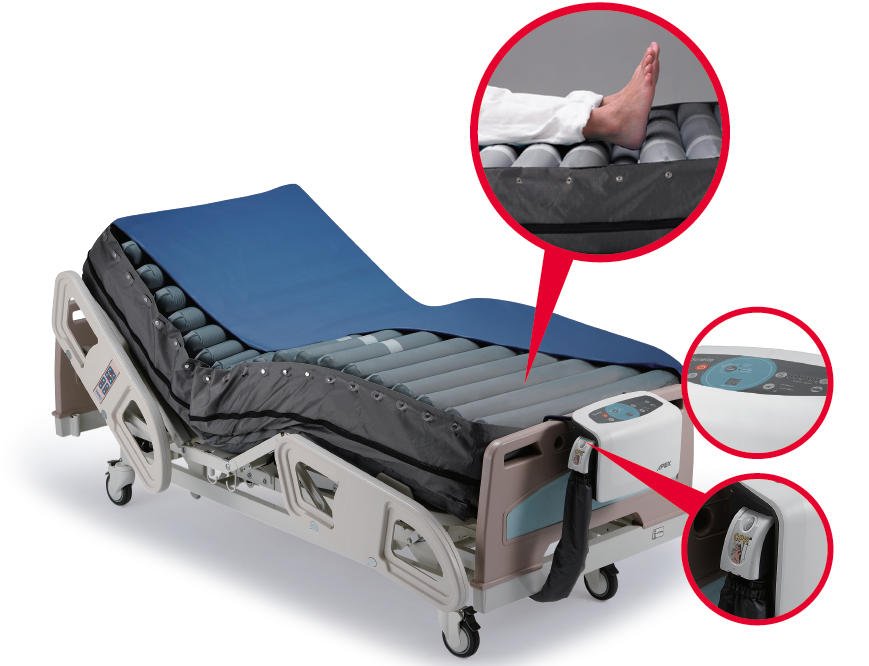
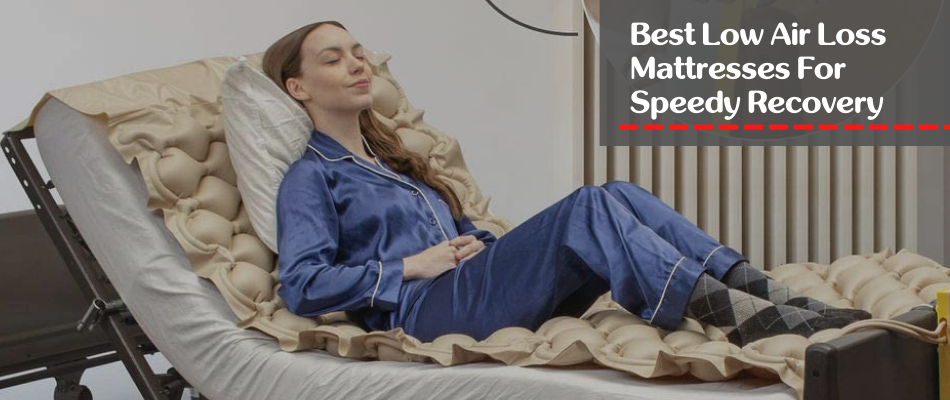
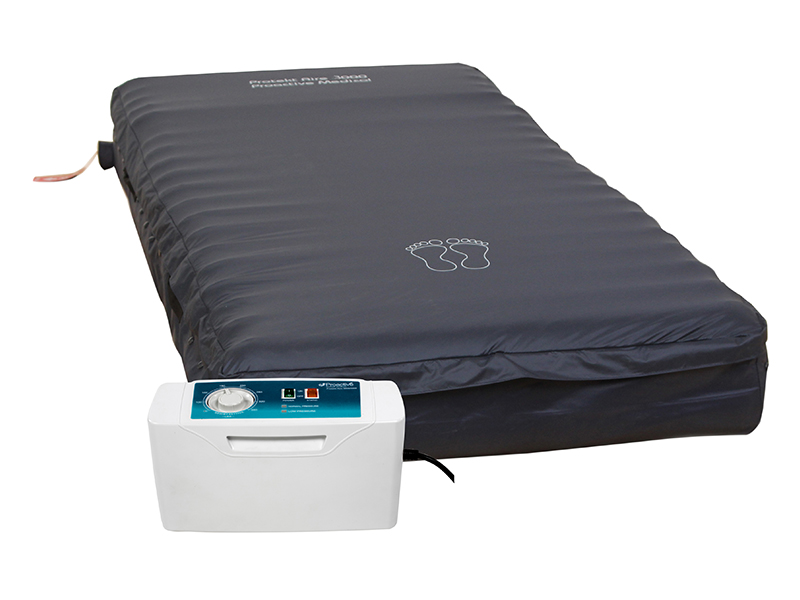
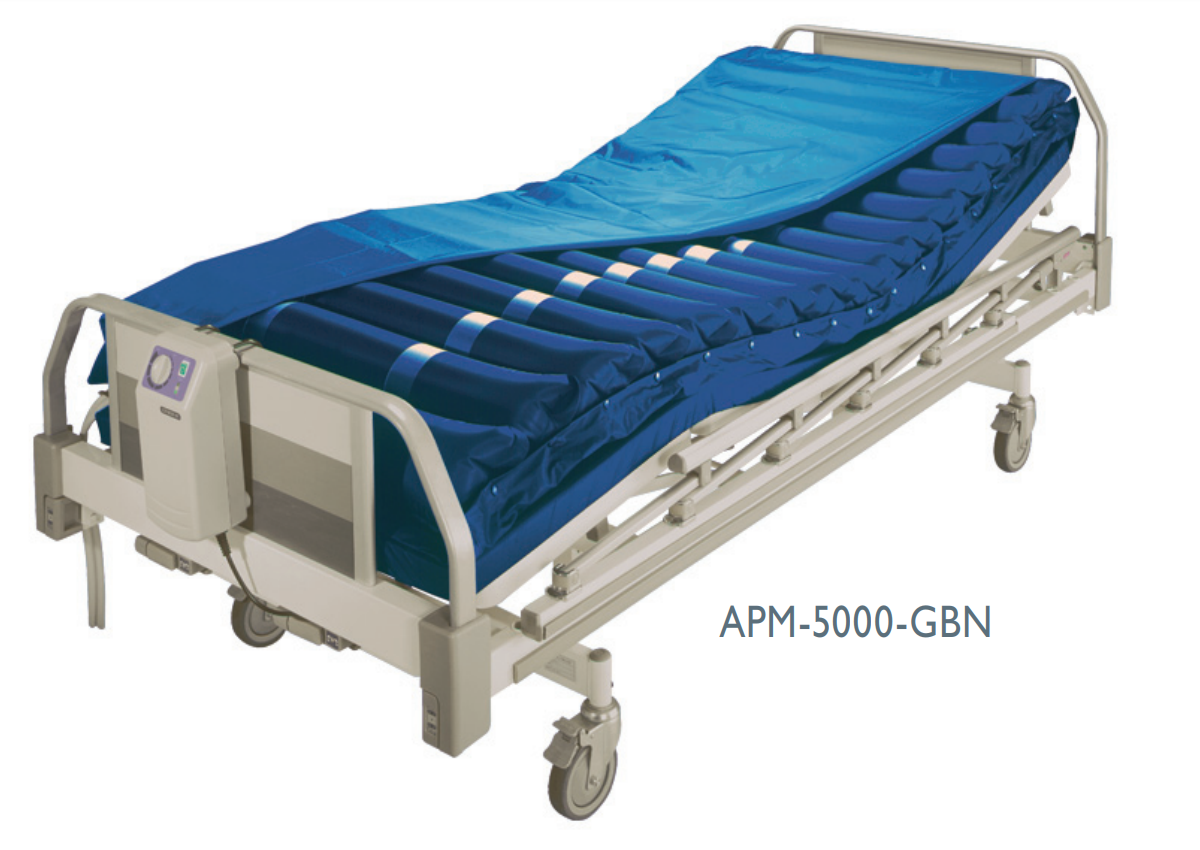
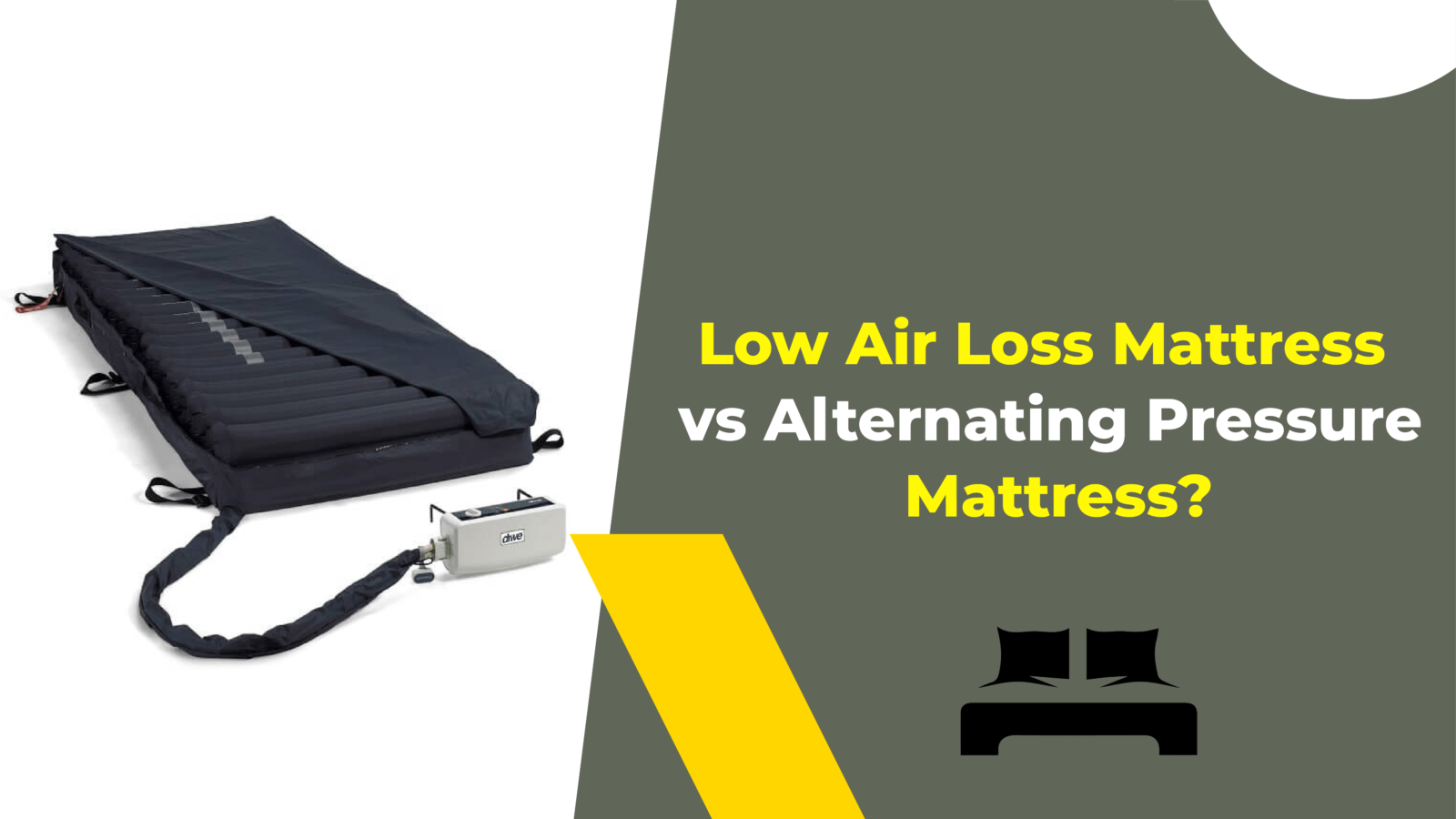
.jpg&newwidth=540&quality=80)


